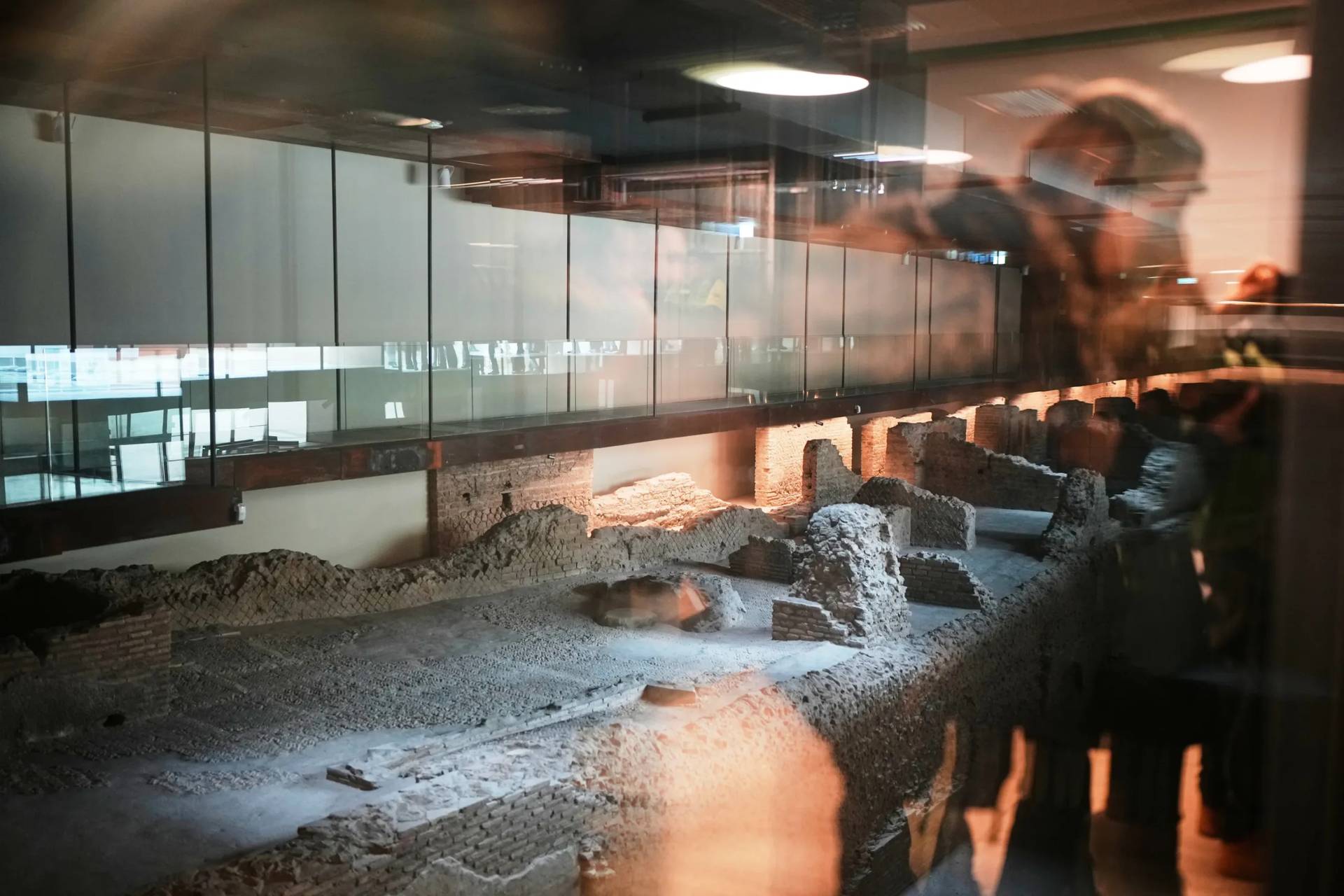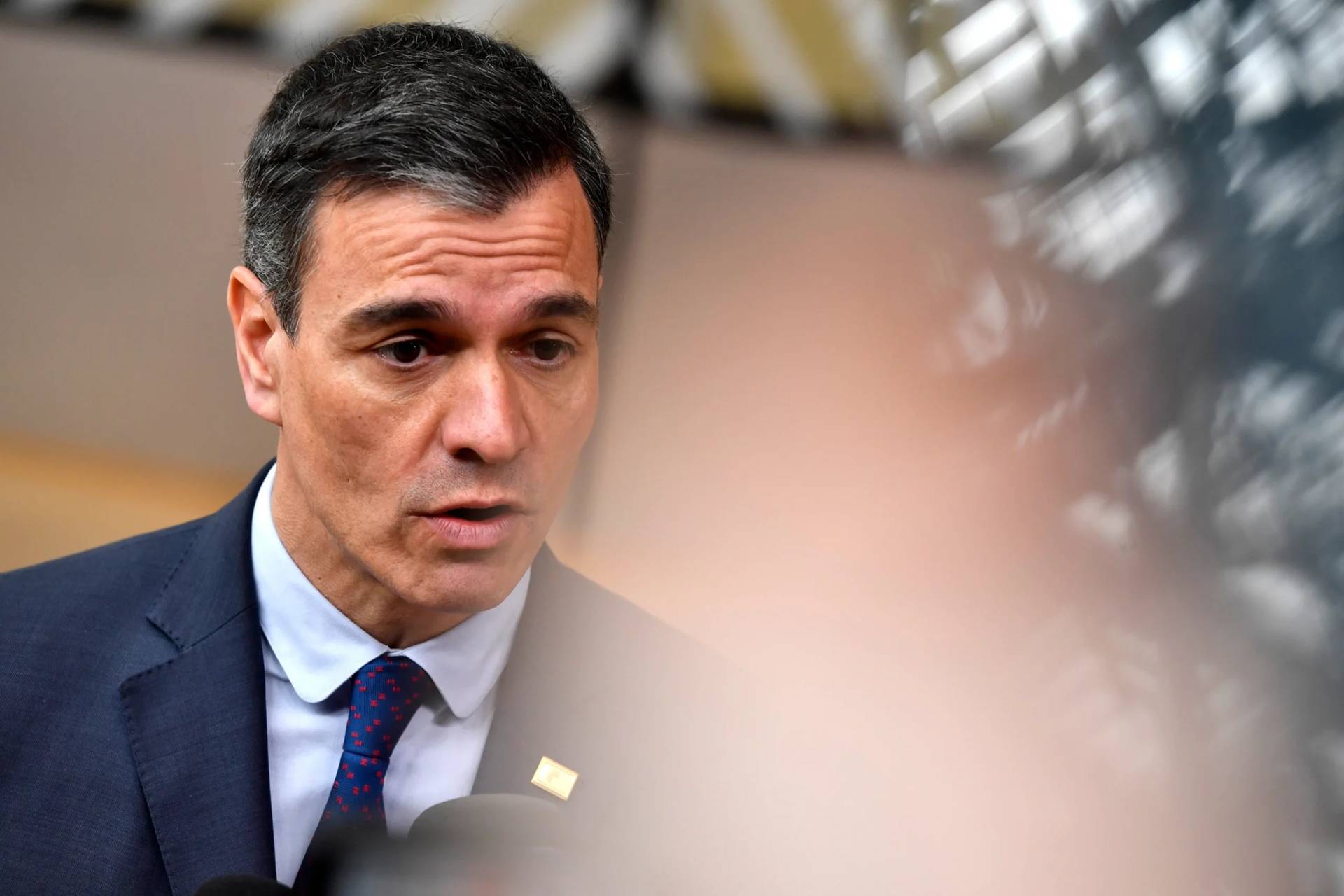ROME – In a move that illustrates the ongoing prevalence of organized crime in the country, Italy’s bishops’ conference for the southern region of Campania, notorious for its mafia activity, has announced the establishment of diocesan commissions to support and guide anti-mafia priests.
Speaking at a conference held over the weekend to commemorate the anniversary of a major anti-mafia document, Bishop Antonio Di Donna of Acerra and president of Italy’s Episcopal Conference of Campania (CEC) said the church in the region “has not kept silent about the Camorra.”
However, despite outspoken statements, Di Donna cautioned that “the words of denunciation coming from the Church in Campania in recent years and from the (Italian bishops’ conference) on mafias and corruption have not adequately passed into our preaching.”
“The social doctrine of the Church cannot be an ‘optional’ that we can do without in pastoral care,” he said.
In this spirit, Di Donna announced the establishment of a special commission in each of the dioceses in the Campania “that supports priests, listens to them, and knows how to guide them” in their efforts to oppose organized crime.
This proposal was met with immediate approval by Giovanni Melillo, who since 2017 has served as the chief prosecutor of Naples – the capital of the Campania region and a traditional mafia hub – and who was recently named head of Italy’s National Anti-Mafia and Anti-Terrorism Directorate.
In his remarks at the conference, Melillo applauded the new diocesan commissions, saying, “Listening to requests from the local area is a fundamental dimension of the fight against organized crime.”
The CEC conference was held to commemorate the 40th anniversary of the document, “For the love of my people I will not keep silent,” published in June 1982 by the CEC at a time in which Camorra gang activities dominated the streets of Naples and the surrounding area, with shootings happening at all times of day, stoking fear in the local population.
Concentrated in the Campania, the Camorra is one of Italy’s largest and oldest criminal organizations, dating back to the 17th century. Its organizational structure is divided into individual groups called clans, who at times have warred against one another.
According to Avvenire, the official newspaper of the Italian bishops conference, when the CEC document was published, the Camorra was engaged in a bloody war against the Nuova Camorra Organizata (NCO) and against the Nuova Famiglia clans, along with their thousands of affiliates throughout the Campania.
Over the years, numerous priests have become targets of mafia violence for their public condemnations of mafia activities and individuals.
Perhaps the most famous of these is a Sicilian priest by the name of Father Giuseppe “Pino” Puglisi, who was shot in the back of the head outside of his home in September 1993 in the crime-ridden district of Brancaccio, where he had become known for his outspoken preaching against the mafia.
He was killed at a time when Italy was still reeling from the slaying of anti-mafia judges Giovanni Falcone and Paolo Borsellino. Prior to his death, Puglisi had been known for his engagement of local youth and his success in keeping them away from drugs and the criminal groups that supplied them.
Pope Benedict XVI famously declared Puglisi a martyr, saying he had been killed “in hatred of the faith.” Since then, the Sicilian cleric has widely become known as “the first martyr of the mafia.” He was beatified in May 2013.
Pope Francis visited the Sicilian capital of Palermo in 2018 in a bid to shed light on the fight against organized crime. After arriving and saying Mass, he then visited the Palermo parish where Pugliese lived.
In 1994, a year after Puglisi’s death, another priest by the name of Giuseppe Diana, whose parish was located just north of Naples, was shot and killed by the Camorra at age 36 while preparing to celebrate Mass for the feast of Saint Joseph.
While the deaths of Puglisi and Diana helped usher in a change in church policy for handling the mafia, from looking the other way to vocal condemnation, and while there have been fewer killings of priests in the nearly 30 years that have elapsed, intimidation is still a frequent tactic of criminal gangs who hope to silence outspoken clergy.
A 2016 article run in TIME Magazine highlighted several examples in the past decade.
In 2016, Italian Father Antonio Aguanno, after making vocal condemnation of the mafia and several appeals for peace following a series of violent incidents in his area, was preparing to celebrate Mass when he found a severed donkey’s head in a plastic bag at the entrance to his church. At the time, police said Aguanno had previously been visited by two men who confronted him about the language he used in his sermons.
Also in 2016, another priest by the name of Cosimo Scordato was the victim of several acts of mafia intimidation, which he documented in his book, “Oh, Lord, Deliver us from …the Mafia.”
Father Luigi Merola took over Puglisi’s parish after his death and imitated his predecessor’s example in denouncing Camorra drug activities, surviving several attempts on his life before being transferred.
Father Antonio Coluccia, who arrived in the crime-ridden city of Grottarossa in 2009, is another outspoken critic of the mafia who transformed the confiscated home of a mafia boss into a home for the poor and drug addicts. In 2014 he started receiving violent threats, including an envelope containing a bullet and a note that read, “you talk too much.”
One of the most prominent anti-mafia activists among Italy’s clergy on the scene today is Father Luigi Ciotti, from the Archdiocese of Turin, who founded the Libera organization, which identifies and takes confiscated assets from the mafia, putting them to humanitarian use.
Lauding the sacrifice of clergy who have died in the fight against mafia violence, Di Donna pointed to the example of Diana, saying he took the CEC’s 1982 document “literally and applied it in his parish up to the extreme consequence of martyrdom.”
To this day, according to Avvenire, the church in Campania keeps a copy of Diana’s version of the letter, marked with various underlining and notes, as a relic.
“We need to start afresh from these examples and reiterate in our preaching that one cannot be a dishonest citizen and a Christian at the same time,” Di Donna said.
Follow Elise Ann Allen on Twitter: @eliseannallen
















